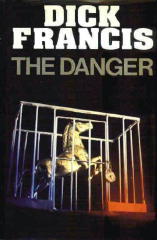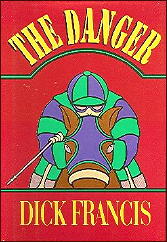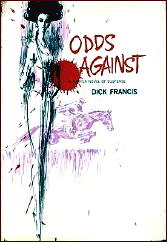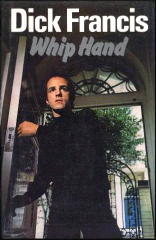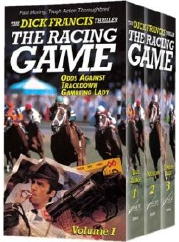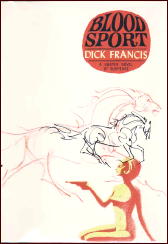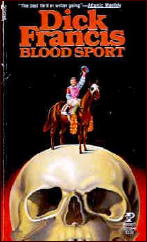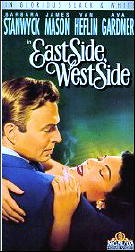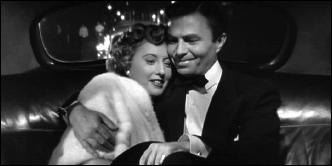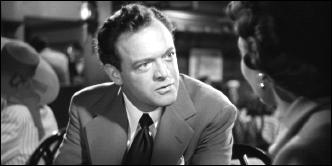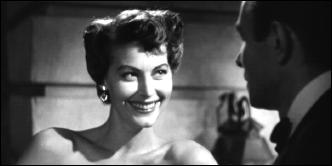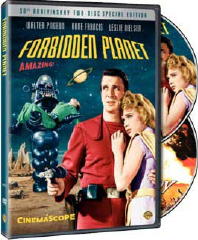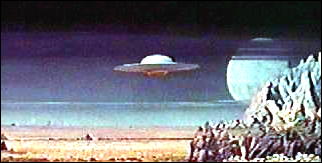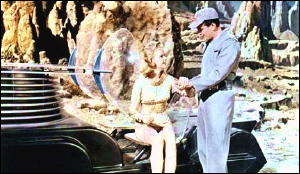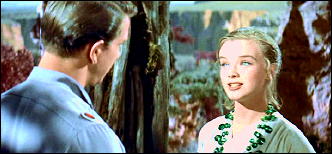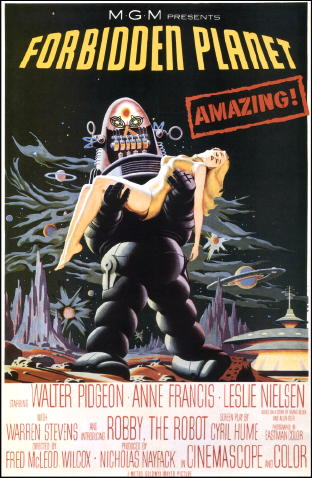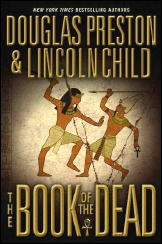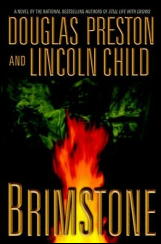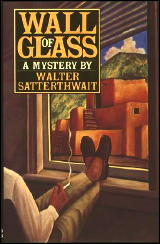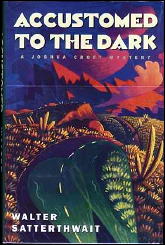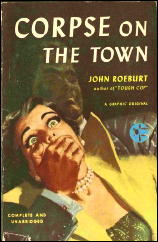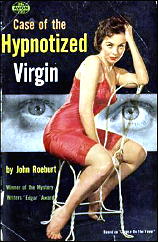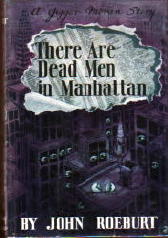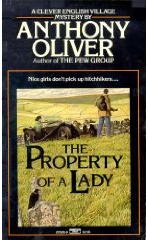Tue 16 Feb 2010
A 1001 MIDNIGHTS review: DICK FRANCIS – Forfeit.
Posted by Steve under 1001 Midnights , Reviews1 Comment
by Thomas Baird:
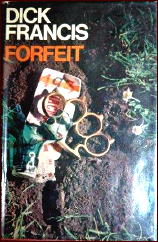
DICK FRANCIS – Forfeit. Harper & Row, US, hardcover, 1969. Michael Joseph, UK, hc, 1969. Reprinted many times.
Dick Francis not only uses his racing experience in his novels, but in many of them other facets of his life form the background. In Forfeit, his sixteen years as racing correspondent for the London Sunday Express is embodied in the hero, James Tyrone, journalist.
Tyrone listens to a drunken tirade from an old-time colleague who then goes back to his office and nips out the seventh-floor window onto Fleet Street. With a nose for a good story, Tyrone smells a fiddle and starts some inquiries.
He knows he’s on to a sure thing when he hears of blackmail and is met with unexplained violence. As a reporter, he is at great pains to protect his sources, but the dangerous headlines run by his “dreadful rag” of a paper focus the menace on him.
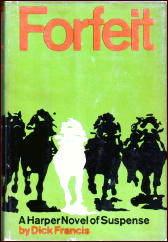
In typical Francis style, the fast-paced writing brings out the individuality of the hero, even though it’s a typical suspense/thriller situation of a normal human being trapped in an abnormal situation. In another bit of autobiographical content, Tyrone’s wife is confined to a respirator and requires constant attendance (Francis’s wife once had polio).
Unusual for a Francis novel, a true love story is depicted even though Tyrone feels that he lives a shadow life-full of “dust and ashes.” In his pursuit of racketeers who force owners not to start their horses in a race, he faces extortion, blackmail, and “high-powered thuggery” (more violence), along with a splash of racism.
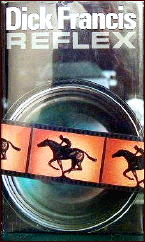
He confronts the villain in the Big Cats’ House in London Zoo, and comes face-to-face with an evil sociopath who’s in it for the money. In the end, Tyrone saves his wife while made drunk by the villains, and then must save himself.
Forfeit won a well-deserved Edgar as Best Novel of 1969. Francis’s recent novels have all been large-scale best sellers. The Danger was one; others are Reflex (1981), Twice Shy (1982), Banker (1983), and Proof (1985).
———
Reprinted with permission from 1001 Midnights, edited by Bill Pronzini & Marcia Muller and published by The Battered Silicon Dispatch Box, 2007. Copyright ? 1986, 2007 by the Pronzini-Muller Family Trust.
